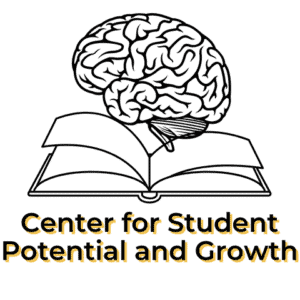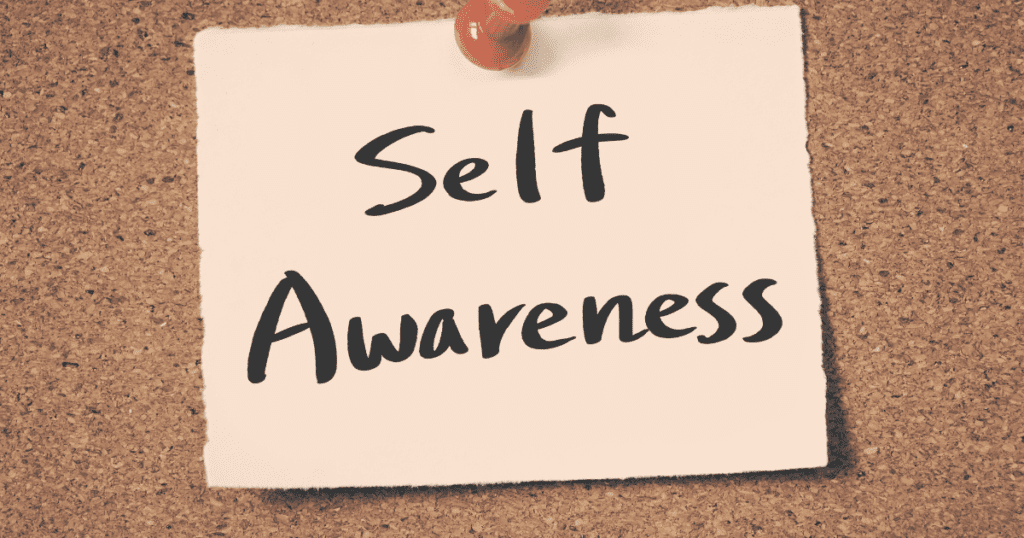
Self-awareness is a social-emotional skill that benefits students of all ages. There are many skills that our students need to be successful at school and in life. The most common skills that educators focus on are skills such as reading, math, and writing.
While those skills form the foundation of what we teach our students, other skills are as essential.
Building self-awareness is one skill that is critical to students’ success.
The Collaborative for Academic and Social Emotional Learning (CASEL) defines self-awareness as “the ability to understand one’s emotions, thoughts, and values and how they influence behavior across contexts.”
Six strategies that educators can use to help students build self-awareness are:
- Help students identify personal strengths and weaknesses
- Help students assess their current habits and outcomes
- Help students engage in self-evaluation
- Encourage students to seek feedback on progress
- Model self-aware behaviors
- Understand the connection between thinking, feeling, and behaving
Why Self-Awareness Matters
Self-awareness is an essential skill because it allows us to understand ourselves better.
Self-awareness also helps us know how we respond to the world around us.
People who take time to build self-awareness show an increased ability to improve their skill sets.
They are also able to make better decisions and reach their goals.
Self-awareness helps a student have an improved understanding of what influences their behavior. Self-awareness is vital for students so they can make more informed choices.
This article will examine six strategies educators can implement when working with students.
1. Identify Individual Strengths and Weaknesses
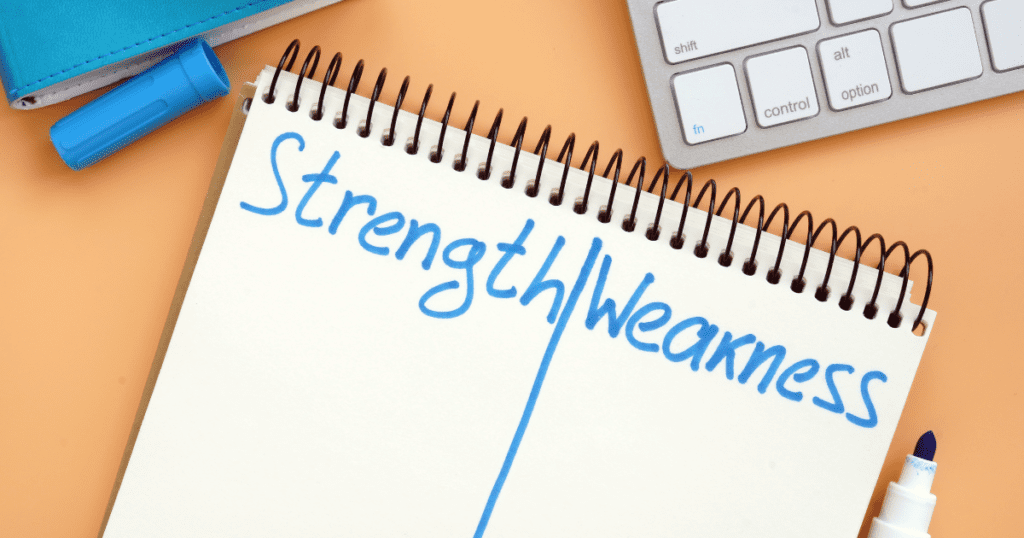
We all have strengths in some areas and weaknesses in others.
A student’s age may dictate how much help they need with identifying theirs.
As a school psychologist, I ask questions to learn more about their likes and dislikes. I will often ask students to tell me about their favorite classes.
Students tend to like classes in which they are skilled. They also can tell me specifics about what they like about the subject.
I will also ask about the class(es) they do not like, which is usually a class that is hard for them.
Again, they can tell me details about that class or teacher they dislike.
While some students can see what they are good at and not so good at, others can not.
A student may need help with identifying their strength and weaknesses. You can ask questions about the type of activities they like to do in their free time.
Please look at what personal strengths they bring to class that shines through. You can also notice how they interact with peers.
At the top of the school year, have your student complete an interest inventory or “Who I Am” worksheet. Have older students complete a learning style inventory to assess strengths and weaknesses.
Either of these methods can give you insight into areas of strength/struggle for your students. Have a conversation with them about what you notice and see if they do as well.
From there, find ways to highlight your student’s strengths throughout the school year. Also, be mindful of how you can support them in their struggle.
2. Assess Current Habits and Outcomes
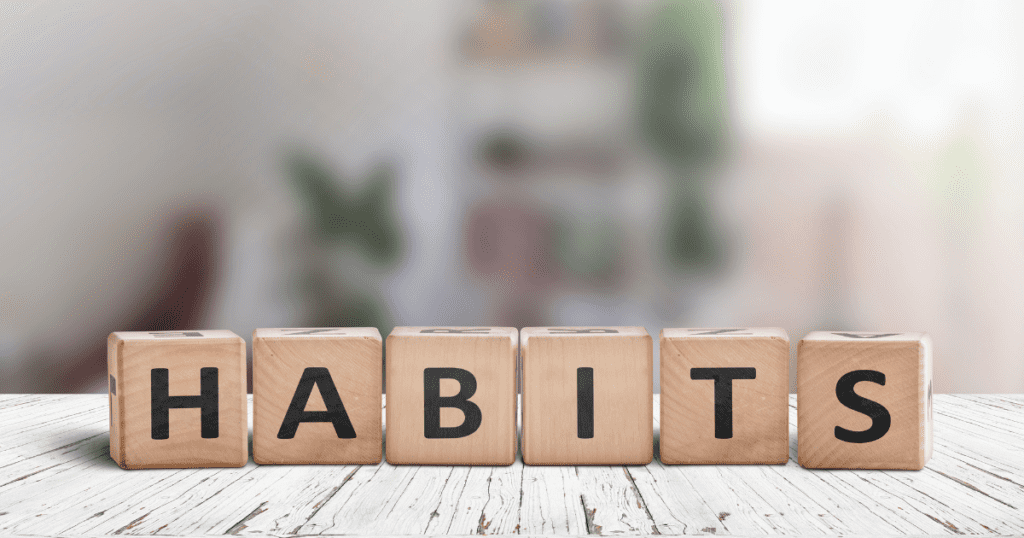
A more self-aware student can connect the dots between what we do and what we desire.
More specifically, answering the question, “if I keep doing X, will I get what I want?”
I love this question because it can be a way to start talking about behaviors the student displays.
For example, students who need help making friends may not see the part they contribute. A student lacking self-awareness may need help “seeing” their role in this dynamic.
They may not see their abrasive behavior as off-putting, and this student may say the problem is everyone else. If we challenge the student to take note of their behavior, they may be able to make friends easily.
This strategy works best during a reflection period. Students may need more time to be ready to reflect on their behavior following a recent incident.
Asking questions can be a helpful way to guide a student through this process. Here are a few questions that may guide self-discovery:
-What bothers you about this student?
-In what ways have you tried to work it out with this student?
-When you tried X, what happened next?
-What would help you connect better with your friends?
Asking questions reduces blame and helps students focus on how they contribute to the situation. Helping to connect the dots points out specific factors to students they need to be aware of.
You can continue the conversation with the student about what they would like to occur. Additional dialogue and reflection allow you to dig deeper and guide them through self-discovery.
3. Encourage Self-Evaluation
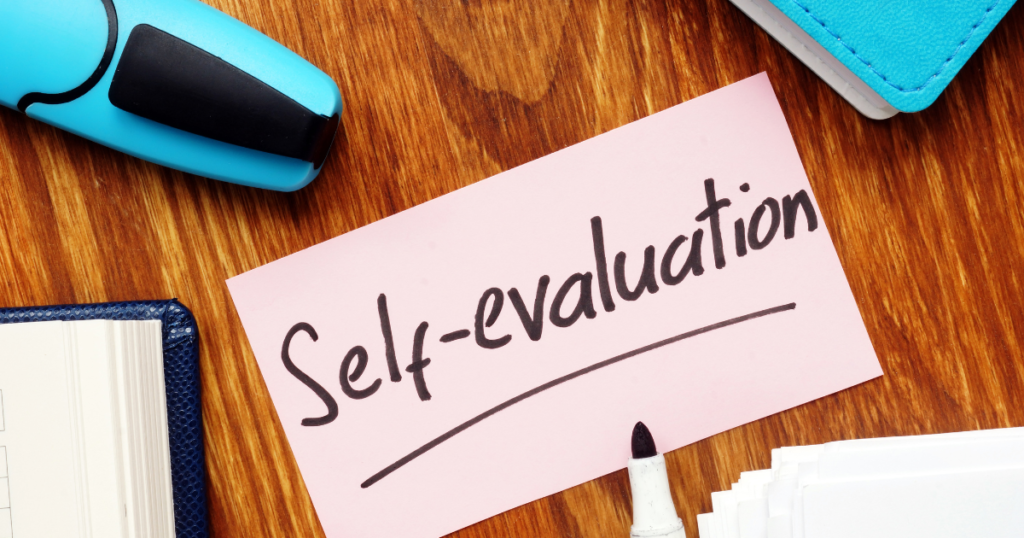
Our current educational system puts increasing value on external evaluative metrics of performance.
Over time, this can limit a student’s ability to check their progress.
While external evaluative methods have their place, self-evaluation is critical.
That is powerful when a student can look at their performance on a test or how they handled conflict with a peer objectively.
Consider describing a third person’s point of view. Looking from the “outside-in” can assist students in looking at the whole picture.
Looking at the whole picture can allow students to reflect on their actions and behaviors. Taking a step back can help students figure out their missteps and what they can do in the future.
You can also help your students learn how to self-monitor. Self-monitoring directs the student toward their behavior vs. that of others.
Self-monitoring is a powerful intervention. Self-monitoring requires students to be active participants in changing their behaviors.
4. Seek Feedback
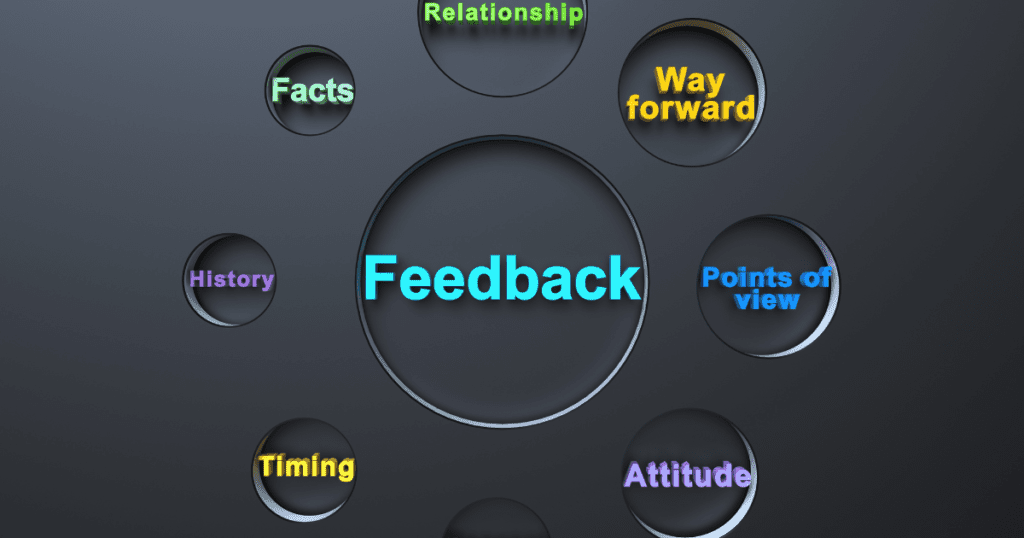
Helping students observe and seek feedback from others can help them adjust their behavior.
As students work on becoming more self-aware, they will still need support. Usually, this support comes from trusted adults and mentors.
A student can see how others respond to their behavior or actions as feedback.
Your student can also ask for specific feedback. For example, your student may want to know how they are doing on raising their hand before speaking out in class.
Your student could have a goal to raise their hand 3 out of 5 times during math. They might ask you if they met their goal during today’s lesson, and giving them this feedback can help them to see if they are improving on this goal.
A student may ask their basketball coach about specific drills to work on to get better. You can talk with your student about how this will help them improve their game over time.
Getting feedback from others can assist your student in becoming more self-aware.
5. Model Self-Awareness
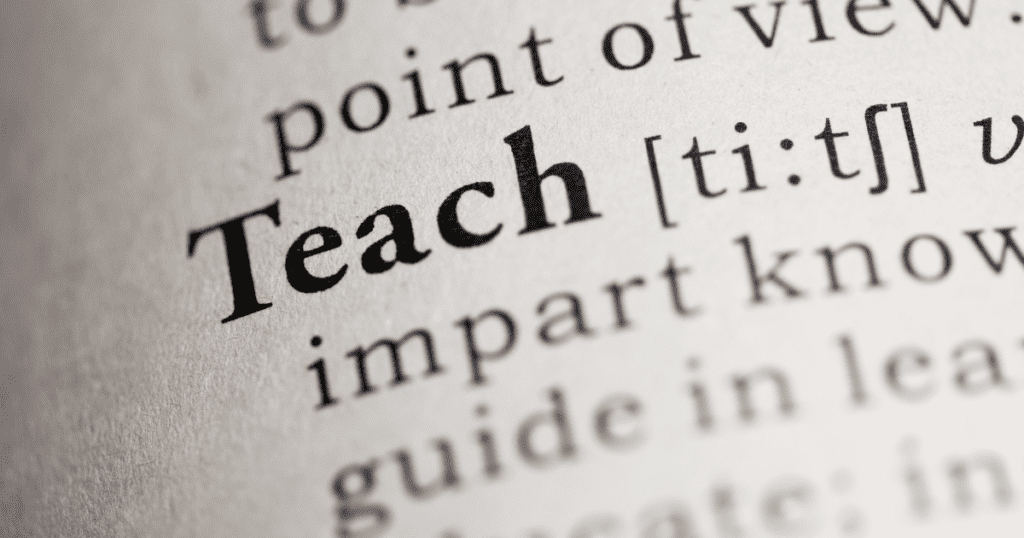
“Do what I say, not as I do!”
We’ve heard this before. And if you have experience with working with children or you’re a parent, you know this is B.S.
Being mindful of our behaviors is as important as what we teach our children. Our students are exposed to our behaviors.
A fundamental way to help your students become self-aware is to model self-awareness!
We can model self-talk for our students.
For example, we may yell at our students when they are misbehaving. We do this out of frustration, and when we do this, our students watch how we handle our frustrations.
In turn, our students may yell at their peers when they are frustrated about something their peers are doing.
Instead, we could share with the class that we are frustrated with their behavior. We could then explain that we need to pause to regulate ourselves because of that frustration. We could walk to the safe space in our class and model, taking a few deep breaths.
Our students are observing in real-time how to identify a challenge, name their feeling, and choose appropriate behavior.
When done consistently, our students will begin to see how they can do the same.
6. Understand the Connection Between Thinking, Feeling, and Behaving
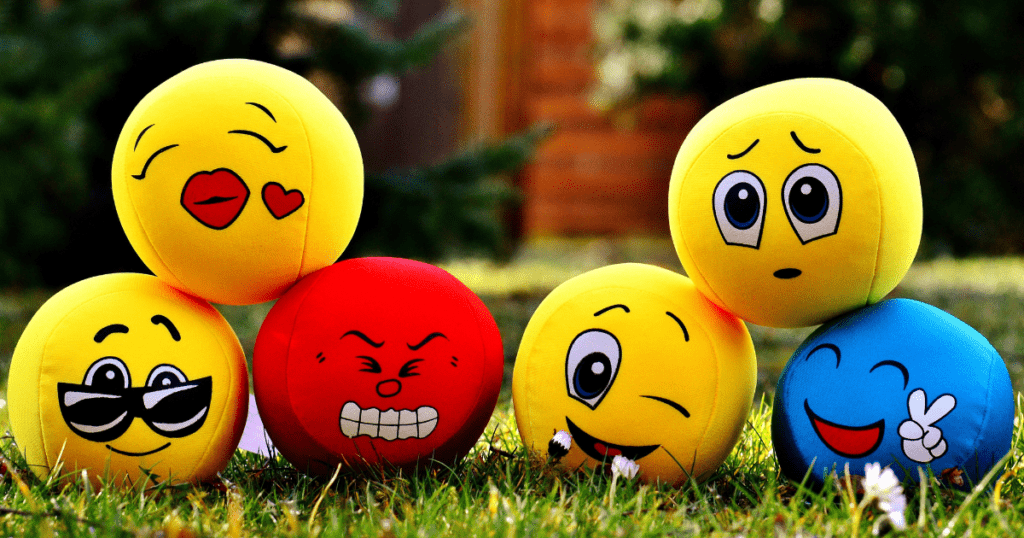
Helping our students to understand the connection between their thoughts, feelings, and behavior is vital.
We must teach our students that what we think influences our feelings, and our emotions, in turn, impact how we behave.
There are a lot of social-emotional curricula to help students build self-awareness skills.
One of my favorite programs is Zones of Regulation, and I have used this with both individuals and classes of students.
This program helps students to identify different emotional zones. Each zone corresponds with a different color, and each color employs specific methods for other emotions.
Another way to help your students make the connection is to choose a different emotion each day. You and your students can discuss their thoughts about each feeling and then discuss what actions they may take resulting from those thoughts.
Conclusion
Six ways we can teach students self-awareness include:
(1) helping them identify personal strengths and weaknesses
(2) assessing current habits and outcomes
(3) encouraging self-evaluation
(4) seeking feedback from others
(5) modeling self-awareness; and
(6) understanding the connections between thoughts, feelings, and behaviors.
Self-awareness is a crucial skill for students of all ages. Students who practice self-awareness experience increased success in school and life.
